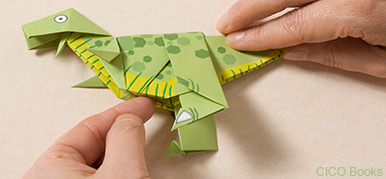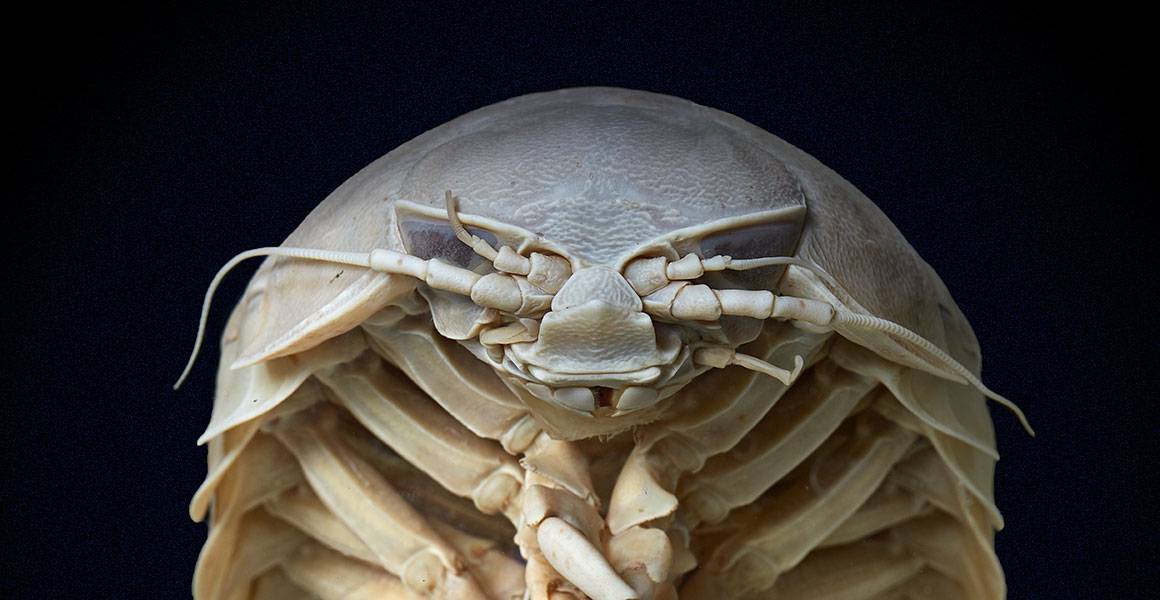A fun food-based activity to keep kids entertained at home.
Create a colourful caterpillar, watch cress grow and eat the tasty results.
A fun food-based activity to keep kids entertained at home.
Create a colourful caterpillar, watch cress grow and eat the tasty results.
Follow our simple instructions to transform eggshells and cress seeds into a caterpillar.
There are hundreds of types of caterpillar in the UK to choose from. We've highlighted a selection of interesting ones for inspiration.
Cress grows quickly. You should start to see your seeds sprouting within a few days and often in as little as 24 hours. After seven days, the cress will usually have grown at least three centimetres tall and be ready to harvest.
Caterpillars are the second stage in the lives of butterflies and moths.
There are 59 different types of butterfly in the UK and just under 2,500 types of moth.
Here's a selection of colourful British caterpillars with dramatic patterns to use as inspiration for decorating your eggshells:
Many caterpillars are dull browns and greens, which helps them stay hidden on leaves and branches.
Others have gone for the opposite approach and are decorated with vivid colours and patterns. This is to warn predators such as birds that they taste bad or are dangerous to eat, or to at least fool the predators into believing this.
Some caterpillars even develop disguises that, combined with particular behaviour, startle predators. For example, the eyespots of the elephant hawkmoth caterpillar are thought to make it look like a more intimidating animal.
Like other insects, caterpillars have six proper legs. They are attached to the part of their body nearest their head. Caterpillars have additional stumpy body parts called prolegs towards the back of their body that help them move around. They use them to grip onto twigs, stems and other surfaces.
Different caterpillar species have different numbers of prolegs - between two and five pairs. So, caterpillars can look like they have up to 16 legs, although only six are true legs with joints like our knees and ankles.

Why not try out more of our simple crafts and activities?

Find out about the plants and animals that make the UK home.

We haven't either. But you could find out in one of our new online courses, designed for all levels of interest in the natural world.
Don't miss a thing
Receive email updates about our news, science, exhibitions, events, products, services and fundraising activities. We may occasionally include third-party content from our corporate partners and other museums. We will not share your personal details with these third parties. You must be over the age of 13. Privacy notice.
Follow us on social media